
Eurasian Skylark
Alauda arvensis


Alauda arvensis

The Eurasian skylark, introduced to New Zealand in the 19th century, is a small brown bird with a big voice. About the size of a sparrow, this unassuming farmland bird is famous for its spectacular aerial displays and melodious song. Its presence in New Zealand's open country adds a touch of European charm to our rural landscapes.
1. Brown-streaked plumage with a small, raisable crest on the head
2. Spectacular 'song flight' \- males soar high while singing continuously
3. White edges on tail and wings visible during flight
Skylarks breed from September to January, building well-hidden nests on the ground. They're primarily seed-eaters but feed insects to their young. While common in New Zealand, their populations can be affected by changes in farming practices. Interestingly, male skylarks have been observed adjusting their song in response to wind turbine noise, showcasing their adaptability.
Look for skylarks in open country throughout New Zealand, including farmland, dunes, and tussock grasslands. They're most active during daylight hours, especially in the morning. Watch for them foraging on the ground or listen for their distinctive song from above. Tip: Scan the sky on calm, sunny days for tiny specks performing aerial displays \- these are likely to be skylarks in full song.
Introduced to New Zealand from England in the 1860s, the skylark has become a familiar part of our rural soundscape. Its beautiful song has inspired poets and musicians for centuries, both in its native Europe and its adopted home. While not a native species, the skylark's presence connects New Zealand to a rich cultural history of appreciation for nature's music.
18 cm
38 g

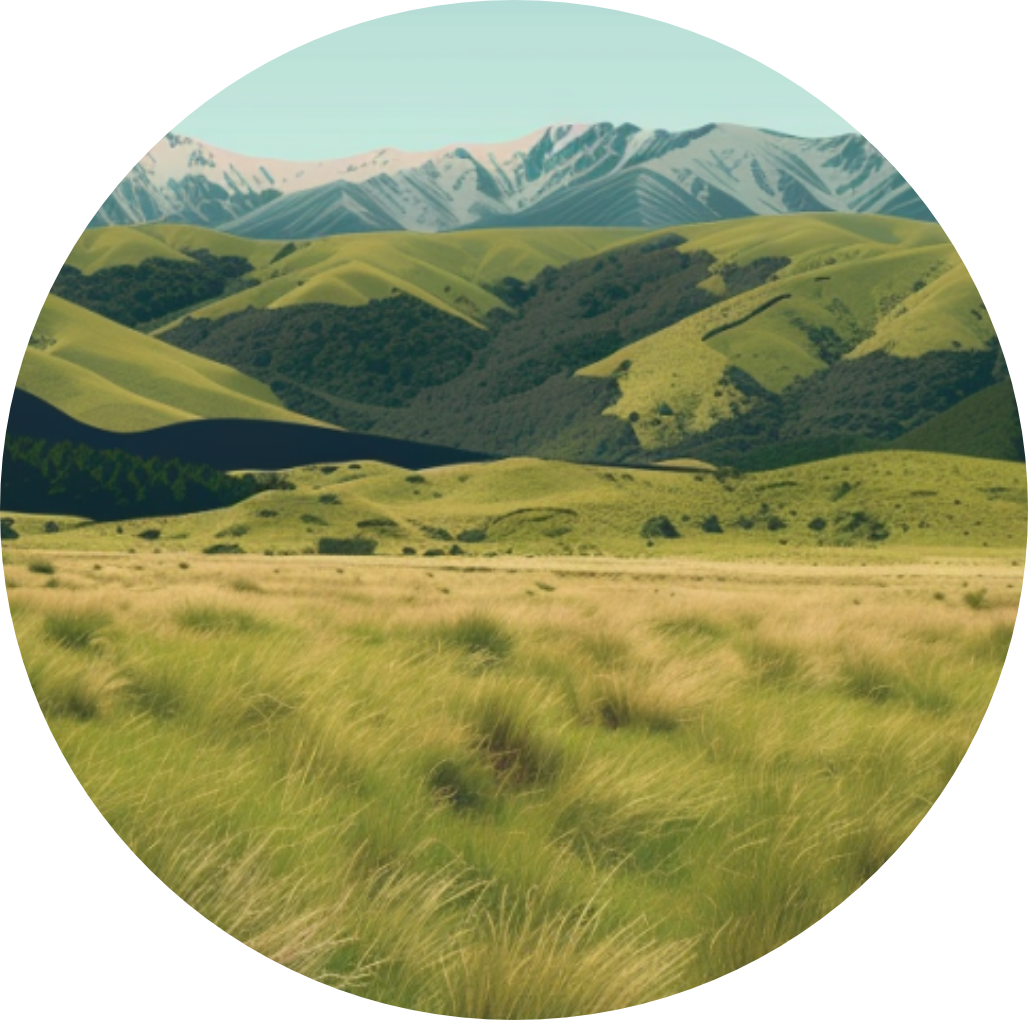
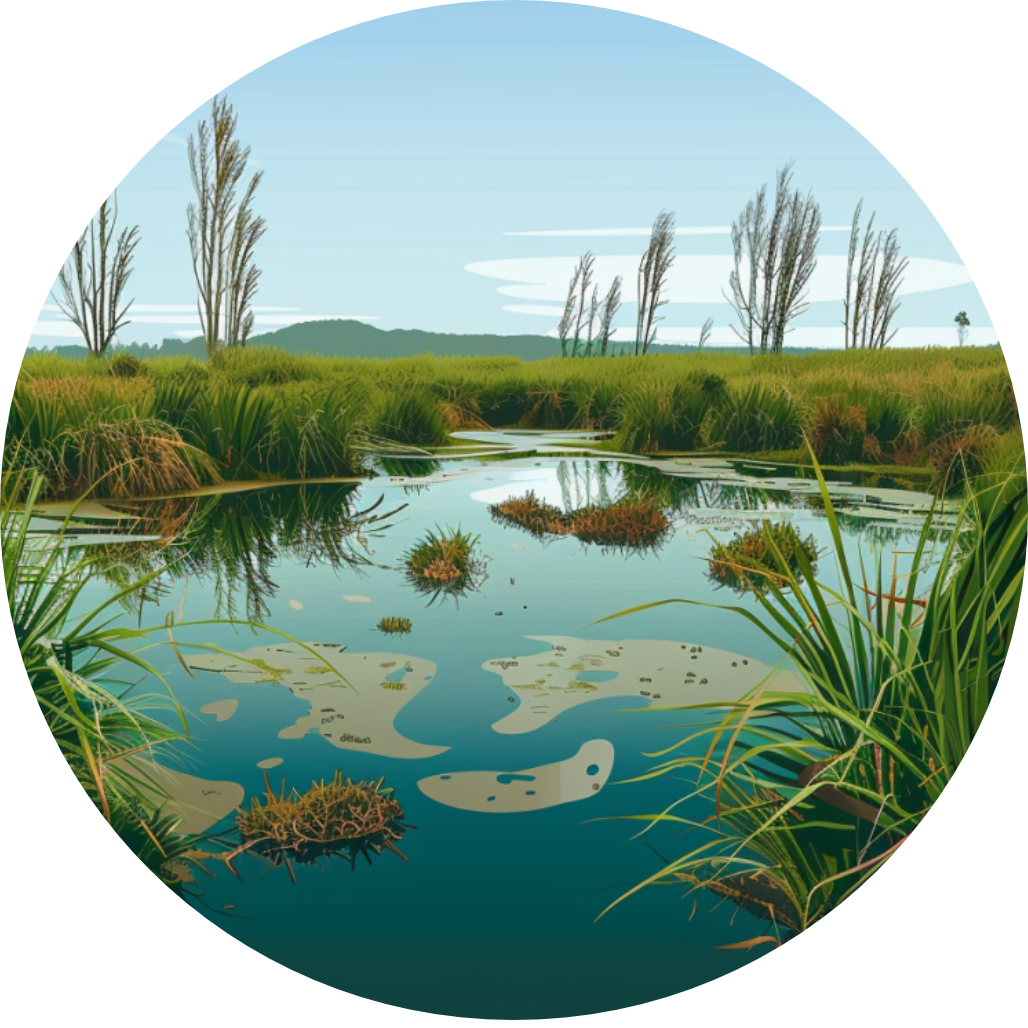

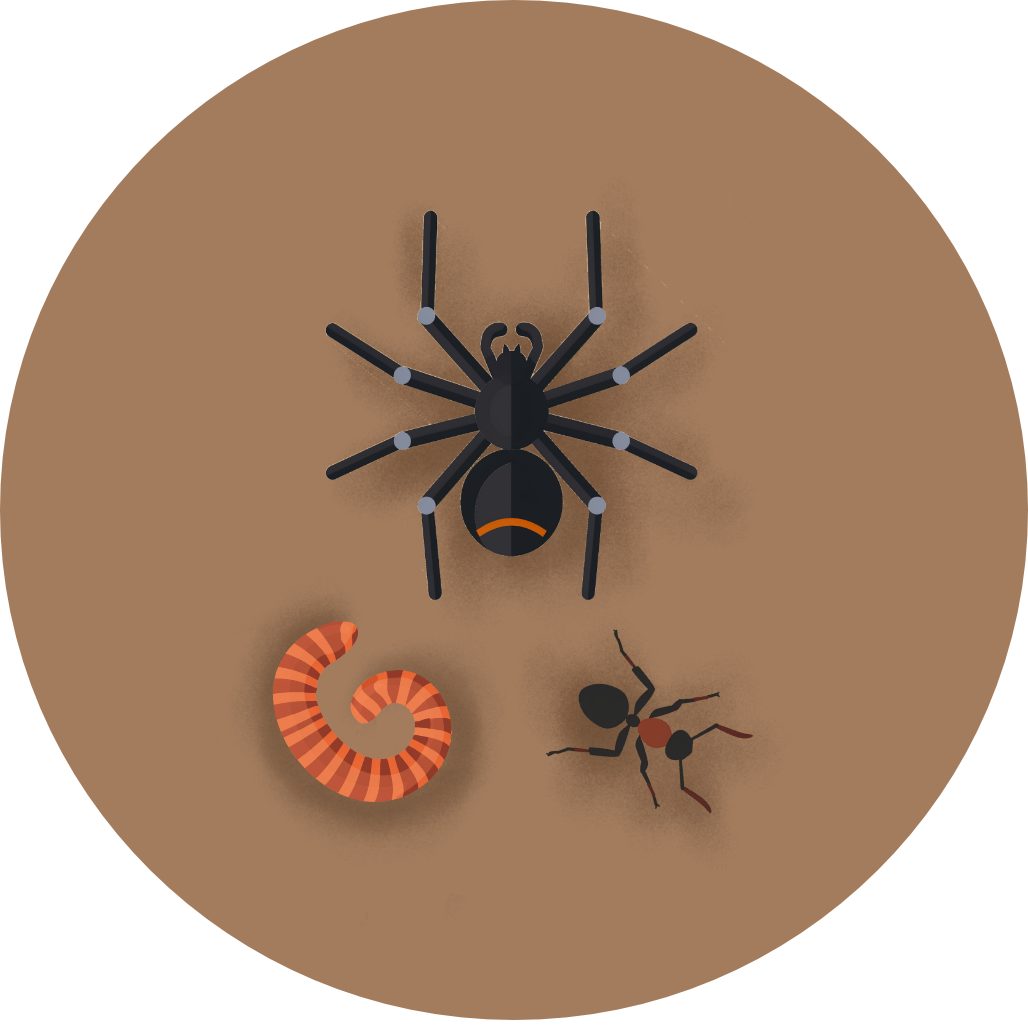
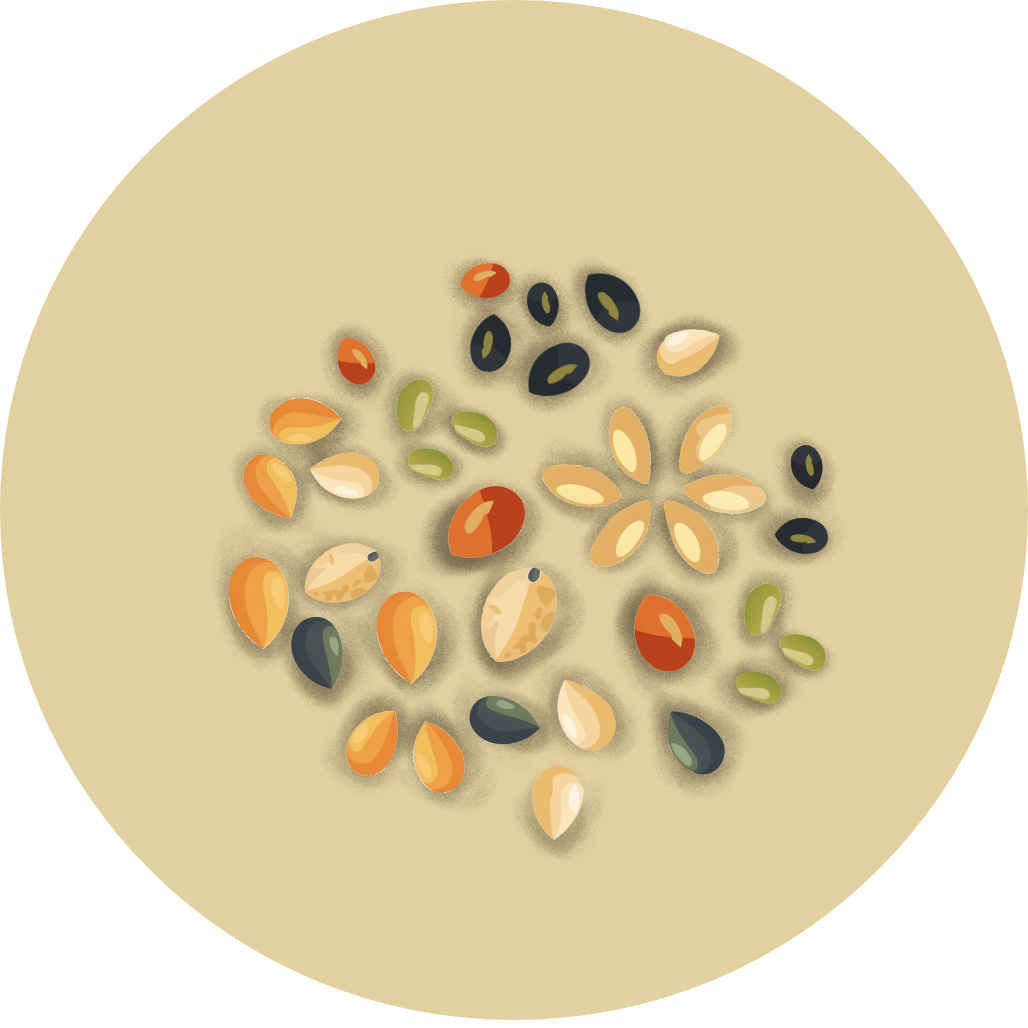
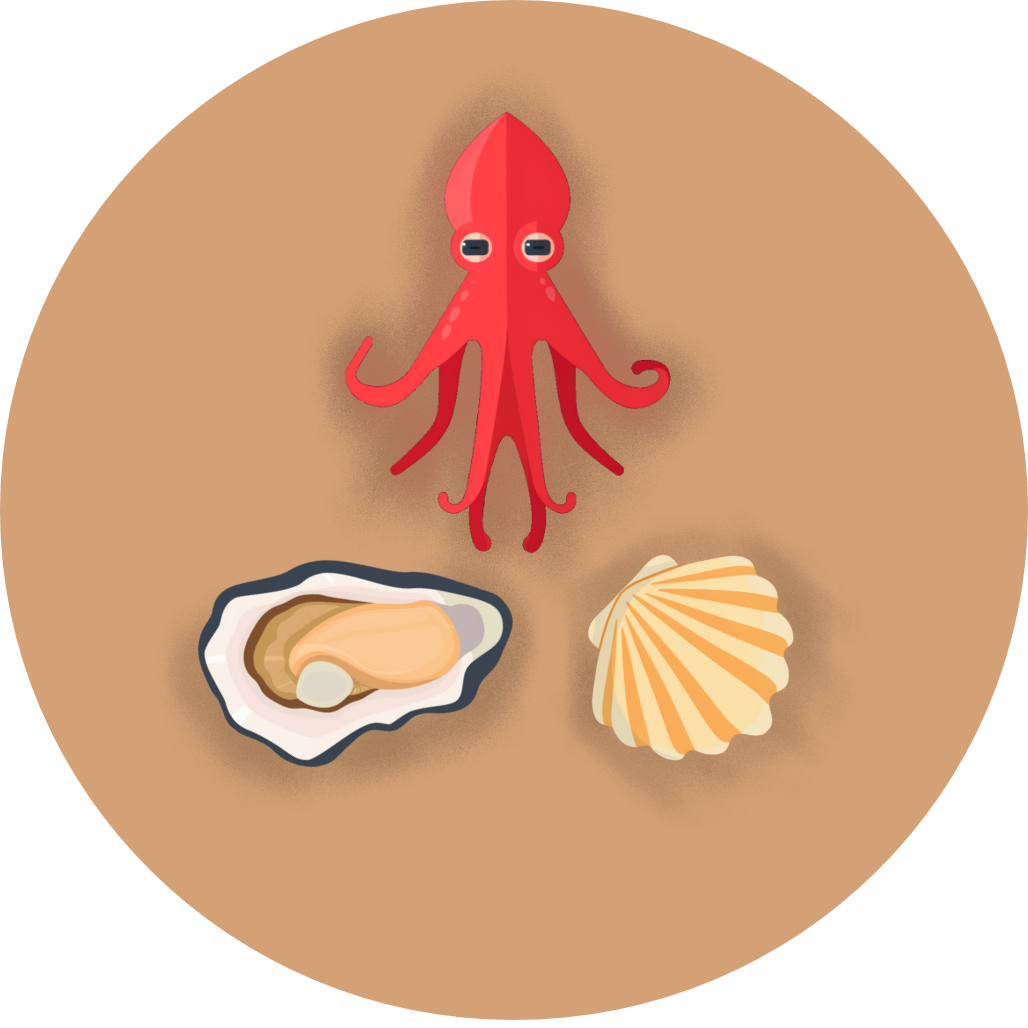

Coming Soon!
Top birding locations will be available in a future update.